In the past few weeks, our entire planet has been experiencing an unprecedented crisis due to the COVID-19 pandemic, with extremely significant losses on many levels.
I am a professor of biology at the University of West Attica in Greece, and a volunteer at Greenpeace. Given the tremendous impact of this pandemic on people’s lives combined with the fact that many experts
believe that global heating and other environmental disturbances could facilitate the development of more novel viruses such as COVID-19, I would like to explain how climate change relates to the transmission and spread of infectious diseases.
A heating planet might increase the frequency of infectious diseases
Rising global temperatures, coupled with the increasing frequency of extreme weather events, are predicted to cause changes in the seasonality, geography and intensity of infectious diseases.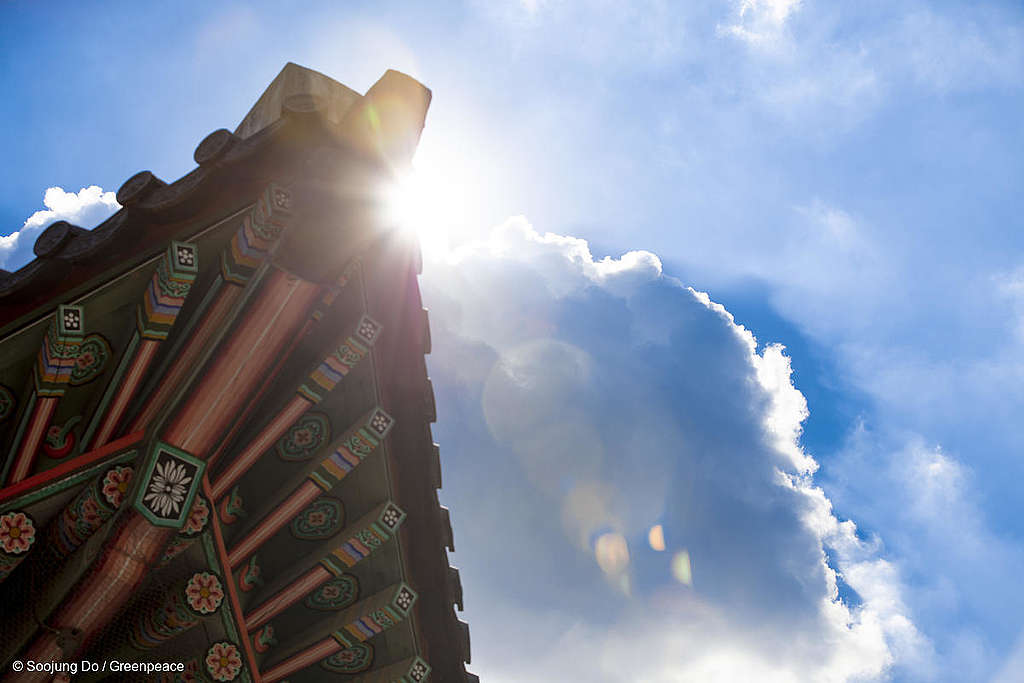
The West Nile virus, for example, first appeared in the northern hemisphere
in New York, after a prolonged period of high temperatures followed by heavy rainfall in 1999. As Stanford University professor of biology Erin Mordecai has pointed out, “wealthy, developed countries such as the US are not immune”.
Human intervention in the environment is impacting our health worldwide
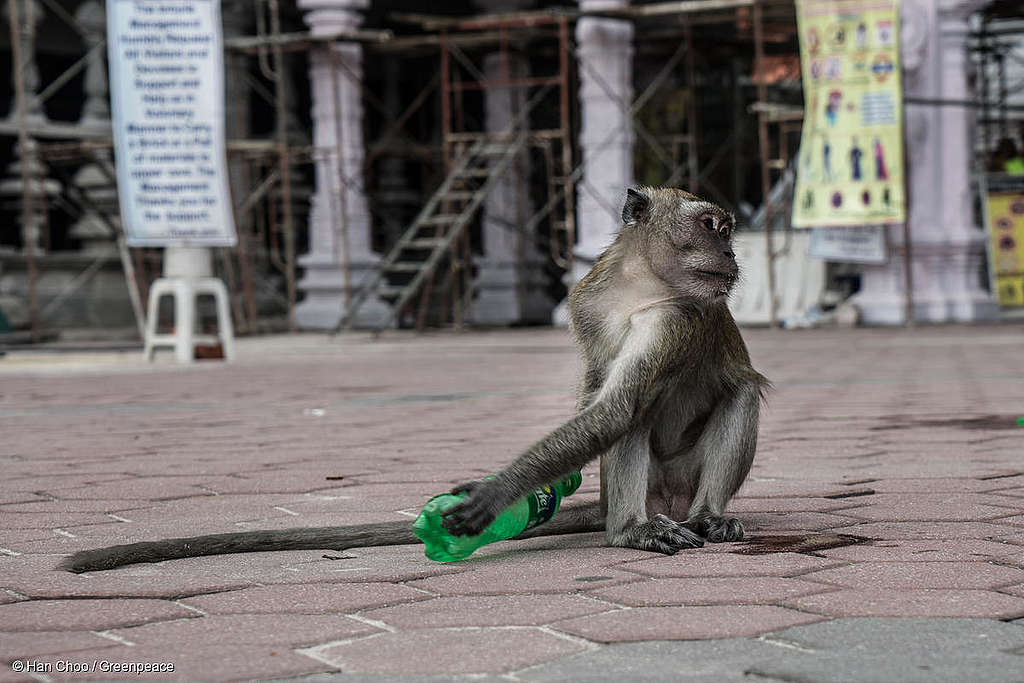
This, coupled with our search for alternative sources of food to meet our needs, increases the chances that humans will come into contact with animal carriers and become infected. Human intervention in the environment, like the massive deforestation of the Amazon, not only causes a decrease in biodiversity but also forces many wild animals to find new habitats, driving them closer to populated areas and into close contact with humans.
This creates opportunities for pathogens to move from animals to humans and significantly increases the likelihood of epidemic outbreaks.
Thriving ecosystems can help to stop the spread of epidemics
Large areas of intact natural habitats act as natural barriers that separate humans and wild animals and keep them safe from one another.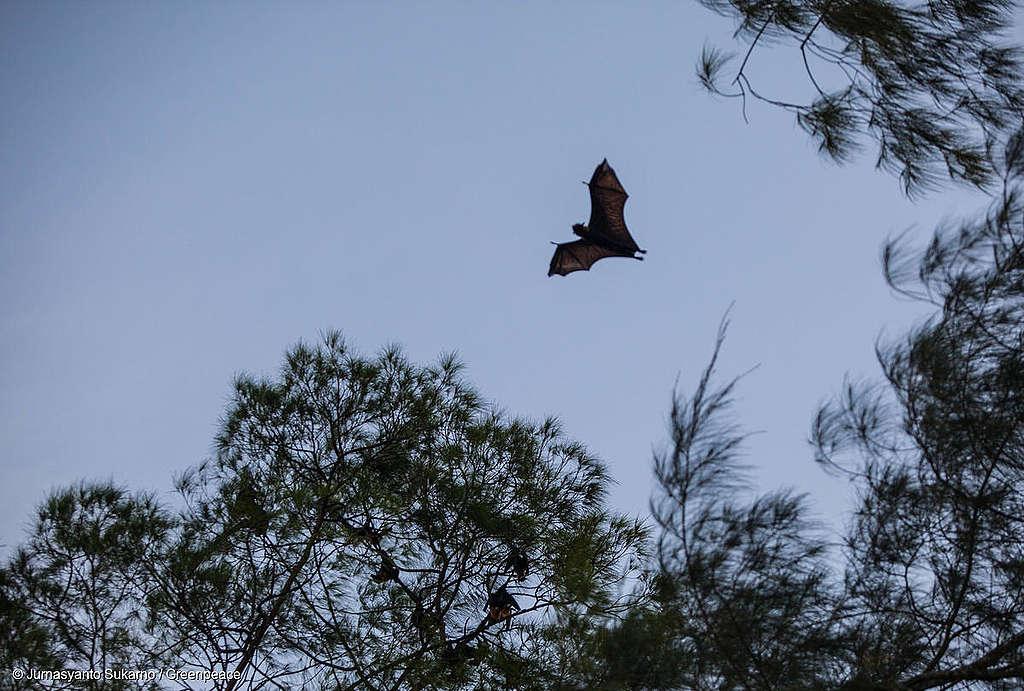
But disrupting those ecosystems can make us more susceptible to getting diseases
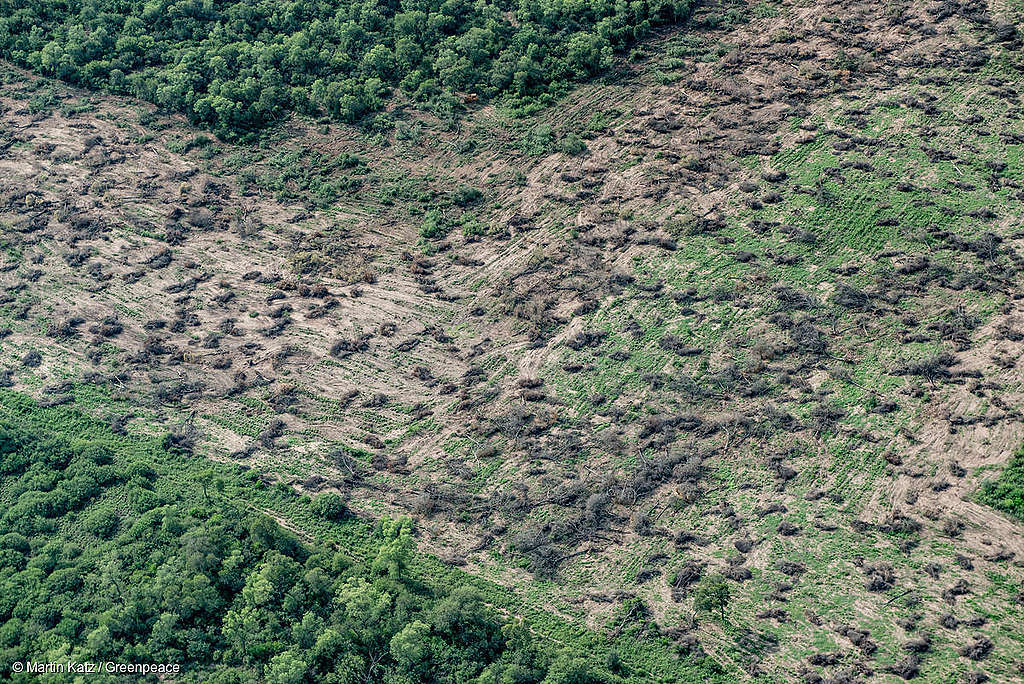
“We invade tropical forests and other wild landscapes, which harbor so many species of animals and plants — and within those creatures, so many unknown viruses. We cut the trees; we kill the animals or cage them and send them to markets. We disrupt ecosystems, and we shake viruses loose from their natural hosts. When that happens, they need a new host. Often, we are it.
”
The World Health Organization
is reporting on how transmission patterns of infectious diseases will change as a result of climate change. There is a need to learn more about these complex cause-and-effect relationships and apply this information using integrated models to predict, as far as possible, the future impacts of climate change on the transmission and spread of infectious diseases.
We have a chance to build the world that we want to see in the wake of this disaster
Enforced physical distancing is making us realize self-sacrifice for the greater good. Even though this crisis is physically pushing some of us further apart, we are seeing community bonds tightening, as people do what is necessary in this health crisis.There is a risk that any actions that governments have taken to promote a green transition may be undermined by the global financial crisis resulting from the coronavirus pandemic. Governments need to take radical actions to build the world we want to see once this is over.
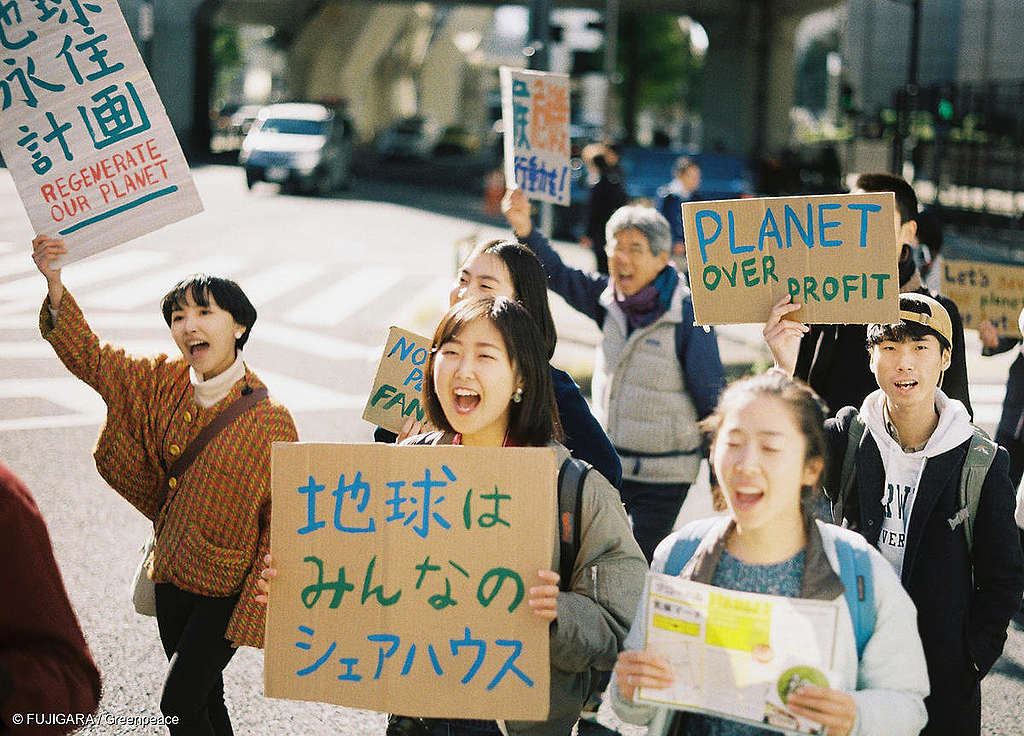
on CNBC, “If the lesson learned is, let’s get back to the status quo ante, then the virus will probably slow down the energy transition. If the lesson learned is you have to take the physical world and its risks seriously, it could make governments more likely to move fast-especially since interest rates in much of the world are now effectively zero.”
Lia Patsavoudi is a Professor of Biology at the University of West Attica, and a volunteer with Greenpeace Greece.
Further reading:

No comments:
Post a Comment
Note: Only a member of this blog may post a comment.